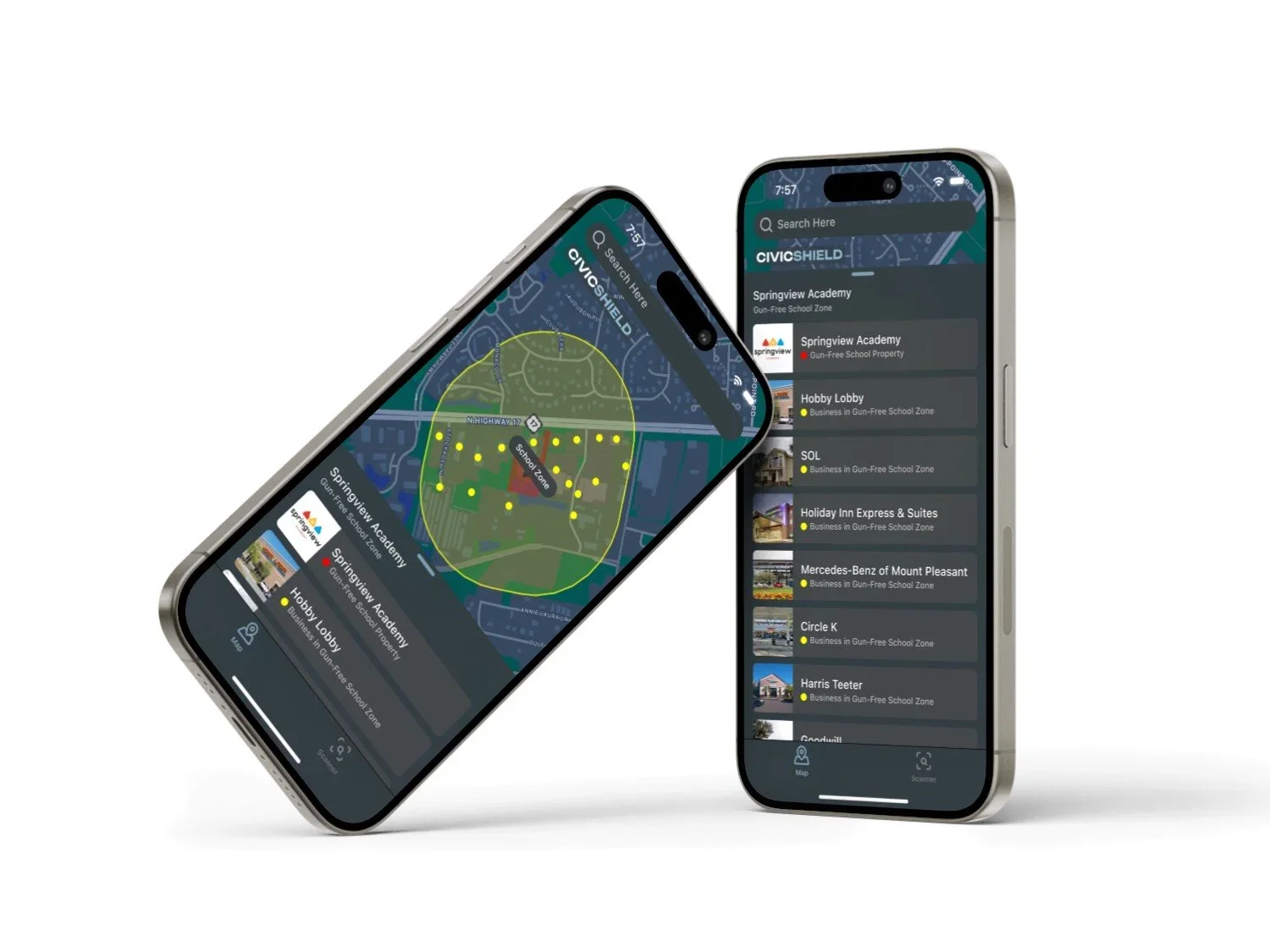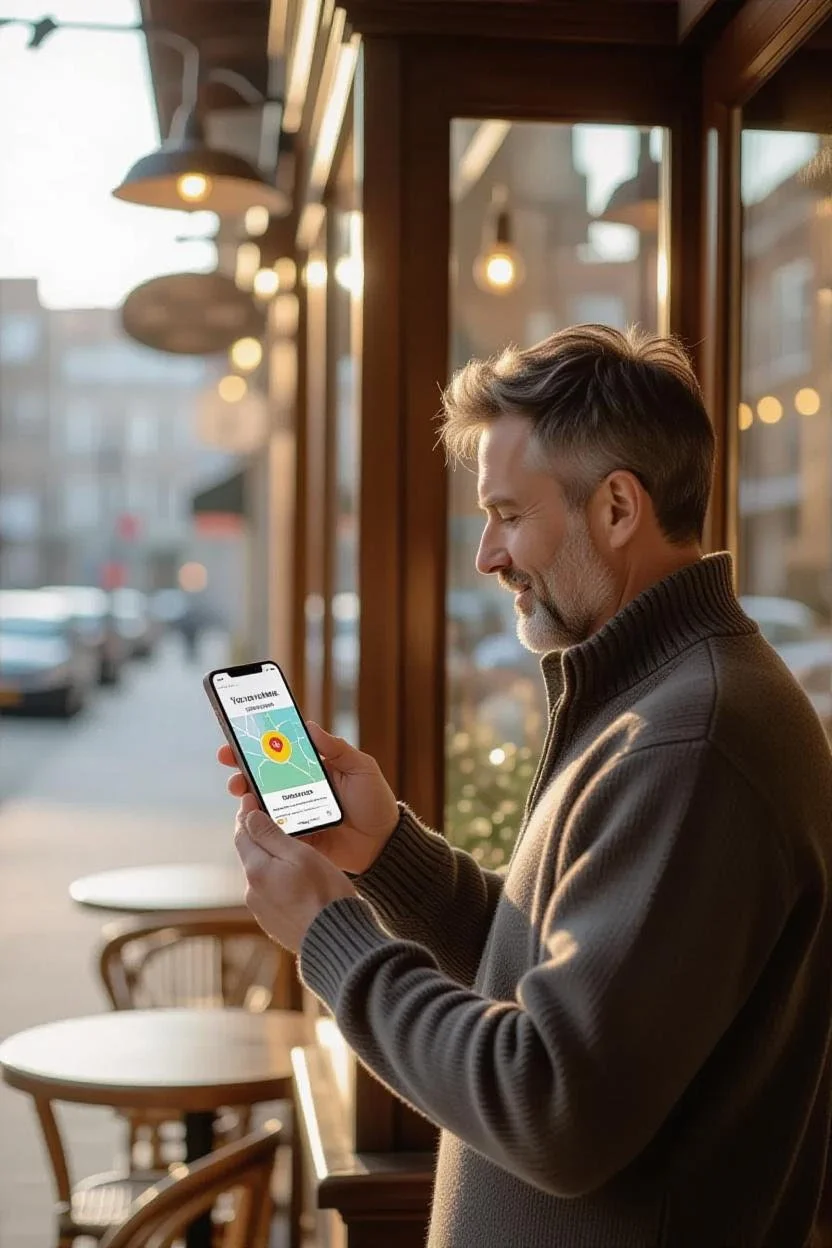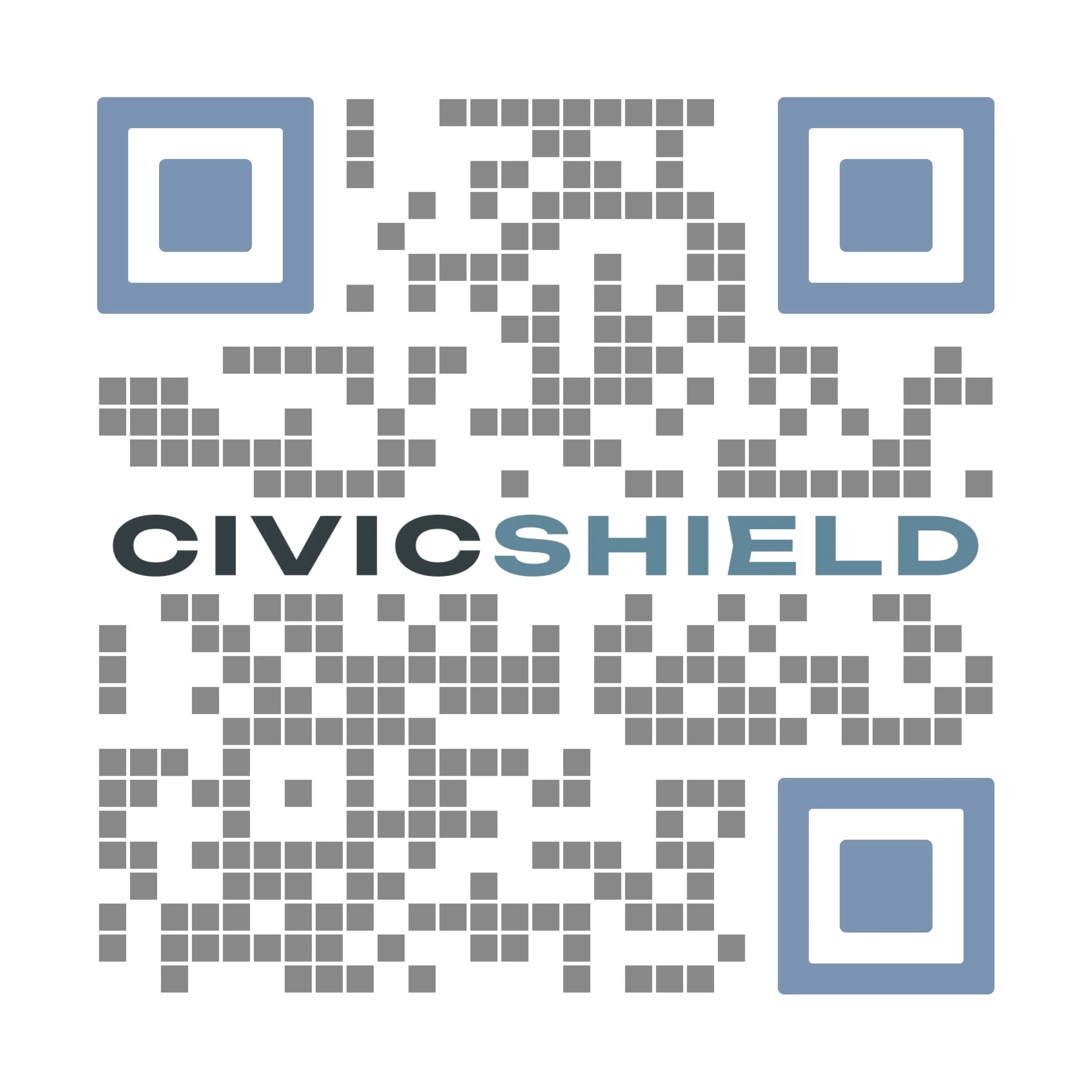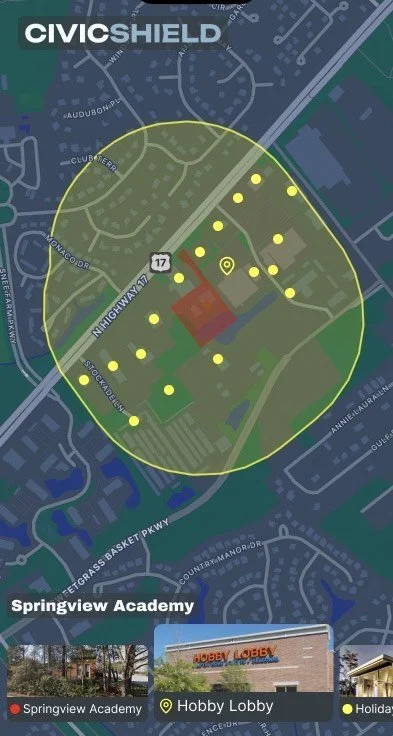
The CivicShield Foundation - Evolving Your Community’s Approach To Gun Free Zones
-
The CivicShield Foundation’s mission, structured as a 501c3 (NPO), is to make available a community based, kid focused, technology platform dedicated to keeping guns further away from schools, community gathering spaces, and special events via a synergetic, collective approach. CivicShield strives to support strong communities through awareness, education, and informed decision making.
-
Increased Carry: With permitless open carry, more individuals aged 18+ can carry firearms, raising the likelihood of guns in your business.
Opt-Out Required: Firearms permitted by default; businesses must opt out with clearly defined policies and compliant "NO CONCEALABLE WEAPONS" signs (8x12 inches, specific format/placement).
Workplace Rules: Employers can designate firearm-free zones, such as buildings, parking lots, or vehicles, and clearly convey these policies to employees and visitors using proper signage and a QR code.
Liability Risks: Clear policies minimize accidents, disputes, and lawsuits; and equip staff to effectively handle interactions with armed individuals.
-
Old Law
Businesses were not required to post a sign to prohibit entry with a weapon.
Firearm owners must be 21+
A license and Concealed Weapons Permit (CWP) required.
New Law
Sign must be posted to enable access restriction.
Weapon holder is now permitted to enter an establishment while openly carrying.
New default, as per zone specifications, permits individuals aged 18+ to openly carry a weapon.
No requirement to disclose possession of a weapon.
-
"NO CONCEALABLE WEAPONS ALLOWED" in 1-inch black uppercase letters.
Display a black handgun silhouette within a 7-inch circle, featuring a diagonal line across it.
Signs measuring 8x12 inches must be posted at building entrances, 40-60 inches above the ground.
Signs must be 36x48 inches for non-door premises and placed 40-96 inches above the ground.
Must be clearly visible with both text and universal sign language.
If the sign fails to meet these requirements, it cannot be enforced.
-
U.S. Census Bureau's American Community Survey (ACS) 2019-2023 5-Year Estimates (neilsberg.com)
Adults aged 18-64: 3.12 million (59.89% of total population)
2018-2022 ACS 5-Year Estimates (nchstats.com)
Ages 15-29: 19.66% of population
Estimated 18-20 age group: approximately 3.9% of total population (calculated as roughly 3/15 of the 15-29 range)
What does all this mean?:
Nearly 60% of South Carolina's population falls within the prime adult demographic (18-64), with young adults (18-20) representing about 4% of the state's population - a significant group that could benefit from gun safety education and awareness programs.
-
Gun-free zone mapping and signage clearly identifies areas where firearms are prohibited with the intent of educating the public and enhancing public safety. There are several potential benefits to communities from implementing these measures:
Improved Sense of Public Safety: Gun-free zones, clearly indicated by signage, can foster a feeling of security for community members in locations such as schools, hospitals, or public buildings. The lack of firearms may alleviate concerns about gun-related incidents, promoting greater community engagement in these spaces.
Deterrence of Armed Incidents: Visible signage and mapped gun-free zones may discourage individuals from bringing firearms into these areas, potentially reducing the risk of shootings or armed confrontations. For example, places like malls or community centers could see fewer incidents if potential perpetrators avoid these zones due to legal consequences.
Support for Law Enforcement: Clearly defined gun-free zones with mapping and signage provide law enforcement with a framework to enforce firearm restrictions. This clarity can streamline responses to violations and help police focus resources on high-risk areas.
Community Cohesion and Trust: Establishing gun-free zones in shared spaces like parks or libraries can foster trust among residents, particularly in areas with high gun violence. It signals a community commitment to safety, potentially encouraging participation in local events and activities.
Mapping: Tools like community apps/public maps (e.g., GIS-based systems) can help residents identify gun-free zones, increasing awareness and compliance. For example, schools or local governments could integrate these into existing safety apps.
Signage: Clear, standardized signs are critical for visibility and legal clarity. Studies suggest consistent signage (e.g., universal symbols) improves compliance rates in restricted areas. -
The impact of businesses within 1,000 feet of schools placing "no guns" signage, particularly in the context of the *Gun-Free School Zones Act (GFSZA) of 1990*, is a multifaceted issue with implications for public safety, legal liability, and community dynamics. Below is an analysis of the potential impacts, drawing on available evidence and reasoning, including insights from the provided search results.
Enhanced Safety Perception in School Zone:
Businesses posting "no guns" signage within 1,000 feet of schools reinforce the *GFSZA*, which prohibits unauthorized individuals from possessing loaded or unsecured firearms in school zones (defined as within 1,000 feet of public, private, or parochial K-12 schools).[](https://en.wikipedia.org/wiki/Gun-Free_School_Zones_Act_of_1990)[](https://www.britannica.com/topic/Gun-Free-School-Zones-Act)
Clear signage can deter individuals from carrying firearms into these areas, potentially reducing the risk of gun-related incidents near schools. For example, a 2024 study in *The Lancet Regional Health – Americas* found that gun-free zones, including those with signage, were associated with a 62.5% lower likelihood of active shootings compared to non-gun-free zones (odds ratio: 0.38, 95% CI: 0.19–0.73).[](https://pmc.ncbi.nlm.nih.gov/articles/PMC10728035/)
Parents, students, and staff may feel safer knowing that nearby businesses are aligning with federal and state laws to create a gun-free environment, fostering a sense of security in the community.
Legal Clarity and Enforcement Support:
Signage provides clear notice to gun owners, reducing ambiguity about where firearms are prohibited. This aligns with federal law, which allows exceptions for licensed individuals (e.g., concealed carry permit holders in some states) but requires compliance otherwise.[](https://en.wikipedia.org/wiki/Gun-Free_School_Zones_Act_of_1990)[](https://concealednation.org/2015/11/the-legality-of-carrying-within-1000-feet-of-a-school-zone/)
Businesses with signage can leverage trespass laws to remove armed individuals, enhancing legal protections against liability. For instance, posting signs allows businesses to argue they took affirmative steps to prevent firearms on their premises, potentially reducing civil liability in the event of a shooting.[](https://www.theclm.org/Magazine/articles/To-Post-or-Not-to-Post/933)
Law enforcement benefits from clear designations, as signage helps identify violations of the *GFSZA* or state-specific laws, enabling quicker response and enforcement.[](https://www.omnilert.com/blog/gun-free-zones)
Community Trust and Engagement:
Businesses signaling a commitment to gun-free policies may attract customers who prioritize safety, particularly families and school-related patrons. This can strengthen community ties and encourage patronage of businesses near schools.
Signage can align with broader community efforts to reduce gun violence, especially in areas with high rates of firearm incidents. For example, the *GFSZA* and related state laws aim to protect children, and businesses reinforcing this through signage contribute to that goal.[](https://giffords.org/lawcenter/gun-laws/policy-areas/guns-in-public/guns-in-schools/)[](https://everytownresearch.org/report/how-can-we-prevent-gun-violence-in-schools/)
-
What is the penalty for an 18 yr old student who is charged with unlawful possession of a weapon?
The Gun-Free School Zone Act mandates a one-year expulsion for firearms, and can impose up to five years in prison and a $5,000 fine for a firearm in a school zone.
Penalties vary by state, weapon type, and situation, so consult local laws.
What is the penalty for unlawful possession in permitless carry, open carry states
Misdemeanors: Fines ($100–$4,000) and up to 1 year in jail.
Felonies: Fines (up to $15,000–$150,000) and 1–7 years in prison.
Federal Violations: Up to 7 years in federal prison and $250,000 fines for prohibited persons.
Penalties vary by state, weapon type, and situation, so consult local laws.
What is the penalty for unlawful possession of a weapon by a concealed weapons permit (CWP) holder in an open carry or permitless carry state?
In general, open carry states allow firearms to be carried openly without a permit, and permitless carry states allow concealed carry without a permit. However, violations such as carrying in prohibited locations (e.g., schools, government buildings), possessing a prohibited weapon, or failing to comply with state-specific regulations can lead to penalties. These may include:
Misdemeanor Charges: Common for minor violations, potentially resulting in fines (e.g., $100-$1,000), jail time (up to 1 year), or permit revocation.
Felony Charges: Serious violations (e.g., carrying by a prohibited person or in restricted areas like airports), which could lead to higher fines, longer imprisonment (1+ years), and loss of firearm rights.
Penalties vary by state, weapon type, and situation, so consult local laws.
*This map is provided for illustrative purposes only and should not be used for navigation or precise geographical reference.
YELLOW - Gun free school zones, 1000ft restriction from school property boundaries.
RED - Restricted areas (e.g., k-12 schools, daycares, colleges/universities, federal properties, hospitals).
PURPLE - HOA owned and controlled properties.
AWARENESS - ACCESS - EDUCATION - PROACTIVE - RELIABLE - SMART -
AWARENESS - ACCESS - EDUCATION - PROACTIVE - RELIABLE - SMART -
Contact Us
The CivicShield Foundation is only as strong as its connections. Whether you have questions or want to get involved, we are eager to connect with you. Please fill out the form and we will do our best to send you a prompt response.











